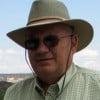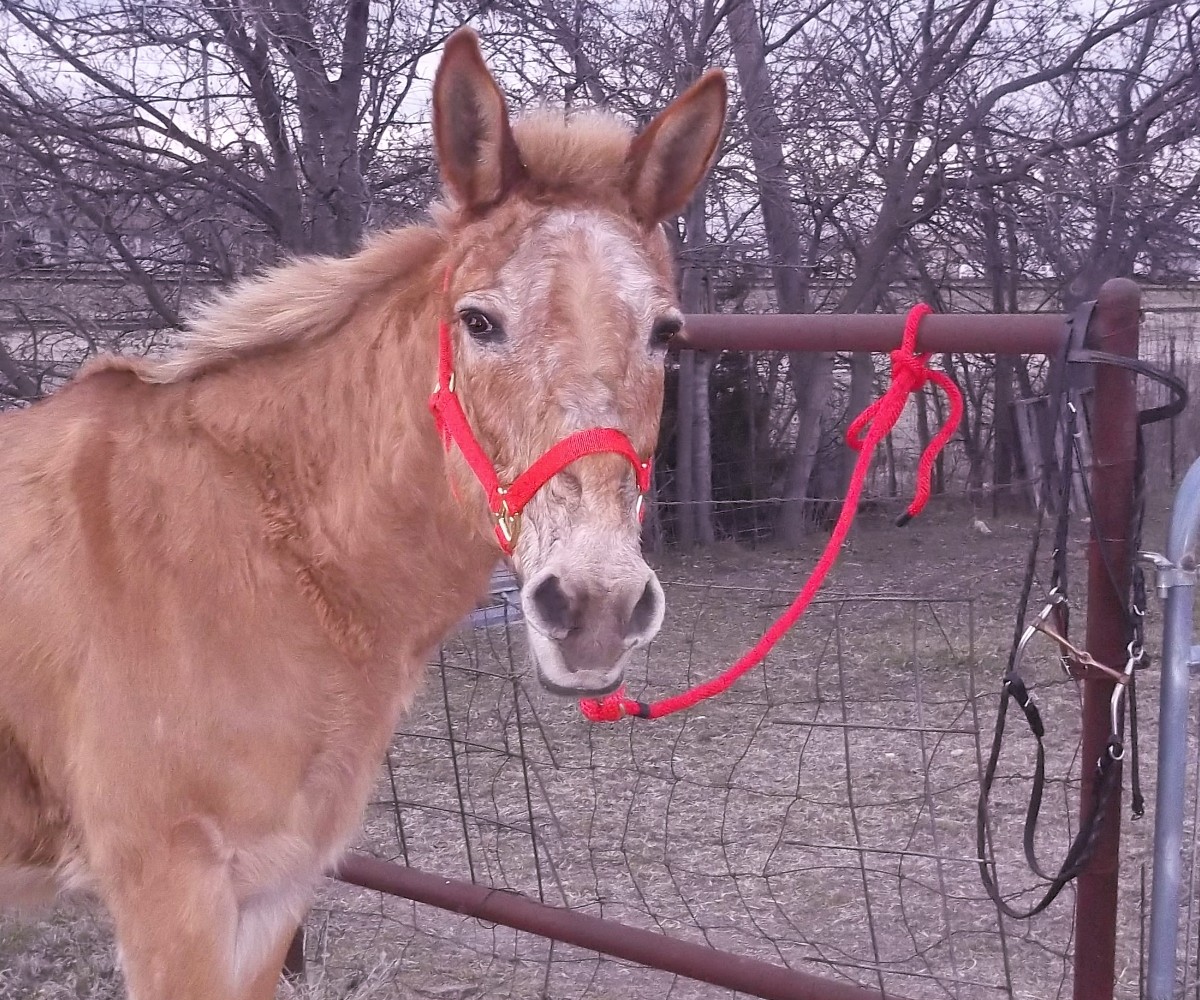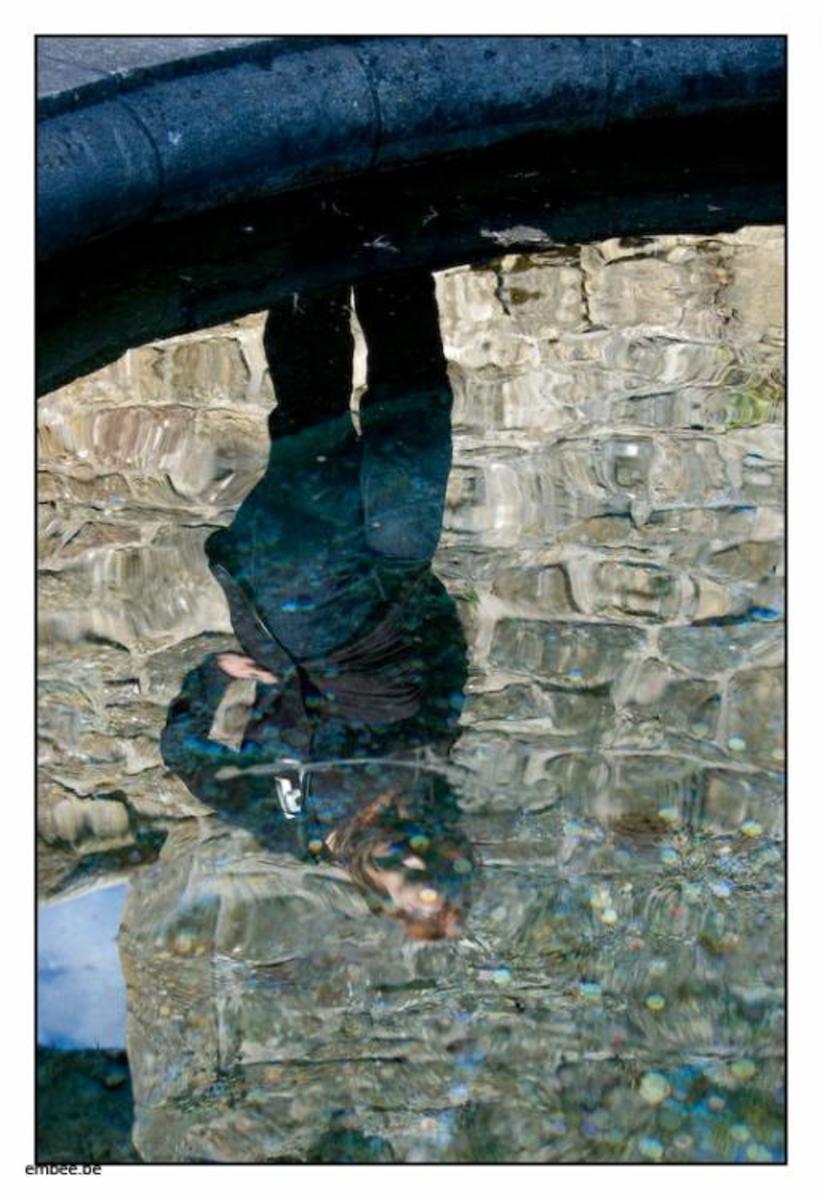Weston Wagons West - Episode F1 - Sons of Ferrell, Son of Fred
They were farriers and blacksmiths
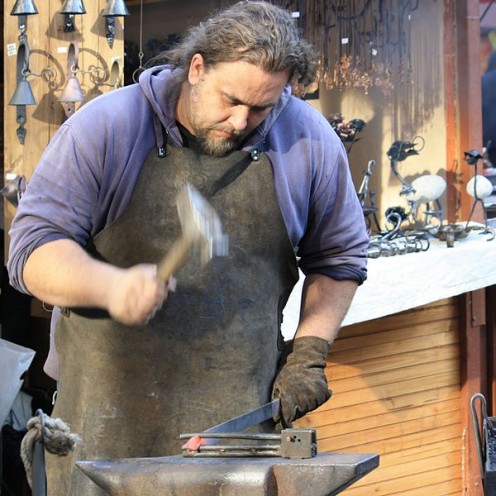
Ferrell Weston had two sons, probably others
This episode of “Weston Wagons West” begins two new branches of the Thomas Weston family in the United States, in the late 18th and early 19th Centuries. Episode T1 identified Fredrick Weston, known as Fred, as the great-grandson of Thomas Weston who had first come to the Virginia colony from England in 1650. Fred was born, in Virginia, in 1745. In 1780, Fred bore a son by his wife, Lucretia, in Virginia. They named him Ferrell. Ferrell hardly knew his father, Fred, who spent most of the early years of Ferrell’s young life on the far western Virginia frontier as a farrier and blacksmith, the family business, with a large surveying party. Months had already passed by the time Fred learned that Lucretia had died, and Fred’s father, Reuben, and his wife were raising Ferrell. By 1790, Fred had acquired a new, young wife, and had moved permanently to Ohio, in the area that became Cincinnati, leaving Ferrell to be raised by Reuben with his family.
His grandparents raised Ferrell in the family traditions with apprenticeships in the farrier trade and as a blacksmith. He also grew a modest herd of horses and kept them healthy and productive. Using these skills and resources, Ferrell was married and living in Marietta by the time Ohio was admitted to the Union in 1803. Marietta had been first settled in 1788 at the confluence of the Muskingum River and the Ohio River. Ferrell had settled on a farm on the west edge of Marietta along the south edge of the Muskingum River. The combination of the farm and the farrier/blacksmithing work he did in the community provided a good living for the family. Ferrell and his wife had two sons, Joe, born in 1804, and Jake, born in 1822, among their other children (more on them in a later Fx Episode). The balance of this episode will focus on Joe and Jake. This episode will also introduce Joe’s son, Hank, who will become the central character in the ongoing Hx series of episodes, here at Weston Wagons West.
Ferrell was vey proud of his oldest son, Joe, who was both competent and enthusiast in his apprenticeship as a farrier between ages 12 and 14. At age 14, he was ready to take on ownership of his first two horses, to begin his herd. Also at 14, Joe decided to take on the two-year apprenticeship as a blacksmith, as well, and was successful at that, although he readily admitted he preferred the role of farrier. Joe showed great appreciation for this 3rd and 4th horse, as well, on his 16th birthday. He really enjoyed as well as appreciated the opportunity to look after the health of horses, his own in addition to those of others of his customers for those services. Joe and Mary were married in 1824, shortly after Joe had set up his own farm and business a few miles distant from his father. Father and son remained close, but Joe was able to attract his own clientele in his new location. Mary was four years younger than her husband. Joe and Mary first had a son, Henry C. Weston, they called him Hank, who was born in 1826.
Each of them had a small herd of horses
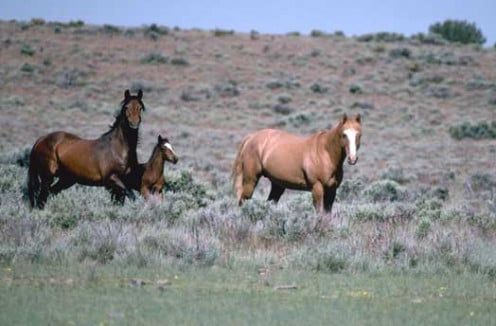
Ferrell also had a son, Jake, born in 1822
Jake was born eighteen years after Joe, so Joe was already out on his own by the time Jake was old enough to know him. Even though they were part of the same family, the worlds they grew up in had become quite different. Jake went through the same apprenticeships as his older brother, but for him they were more of an obligation rather than an opportunity. Jake valued the horses he received, of course, and from an early day seemed to lean more toward breeding and training his horses than to pursuing a career as a farrier, or a blacksmith. Jake was also a good farmer, when his other interests didn’t distract him. Over time, however, he found that his blacksmithing skills were perhaps his most valuable for earning a good living.
As Hank grew into young adulthood, and began his first apprenticeship in 1838, family members as well as outsiders often mentioned that Hank resembled his uncle Jake more than anyone. Hank looked up to Jake, four years his elder, as well; almost like a big brother. When it came time for Hank to do his apprenticeship in the blacksmithing trade, it was agreed that he would do it under his uncle, Jake, which gave them another chance to get to know one another even better. This occurred in the Marietta area, of course, between 1840 and 1842, where they all had continued to live, as the community, and the state were growing and changing with the times.
Joe and Mary had a good life, but they also had misfortunes that they found hard to explain. After having the strong and strapping young man, Hank, as a son born in 1826, they did not have another child survive beyond infancy until Sarah was born in 1840, followed by Catherine, they called her Cathy, in 1844.
Hank was admitted to Oberlin College
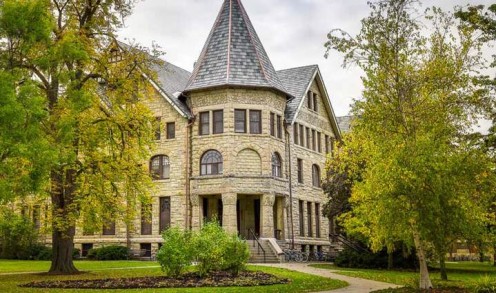
Hank and his parents make a major career decision
Joe and Mary had noticed from an early age that Hank learned very quickly, absorbing books from an early age. Even during his apprenticeships, Hank continued to read and learn on a wide range of subjects. It was at about that time that Mary insisted they all attend the local Presbyterian Church shortly after the new pastor, the Reverend Mr. Phipps arrived. Phipps picked up on young Hank’s book-learning tendencies very quickly, and began loaning Hank books from his extensive personal library.
As the months passed by, Phipps began to offer Hank textbooks in different subjects to read, and held discussions with him to assure that he was actually learning the material. Phipps was convinced after a couple of years that Hank could complete the course of studies being presented that was the equivalent of a secondary education. Phipps began to believe that Hank could qualify for entrance into college. It came so natural to Hank that he simply took it in stride. His parents, however, were quite surprised when, in the spring of 1842, about the time Hank was finishing his blacksmithing apprenticeship, the Reverent Mr. Phipps told them he would like to see Hank apply for enrollment at Oberlin College. He had known the two founders of the school, in northern Ohio, Mr. Shiperd and Mr. Stewart, and had followed the progress of the school. They were the first in the nation to admit both blacks and women as well as able young white men. He felt it would be a wonderful experience for Hank. Hank might learn to become a teacher, he offered.
After much discussion, and more than one family council, Hank and his parents agreed to allow Mr. Phipps to contact the college to ascertain if Hank might qualify for admission. In early 1845, they learned that Hank had been admitted to Oberlin College for the Fall Term of 1845.
Note: This story line will continue in "Episode H1 | Hank Weston at Oberlin College"
Note by the author
The Fx and Hx series of historical fiction family saga stories consist of characters that are fictional. Any real persons are used here fictitiously. Activities and events are consistent with known historical facts, but are entirely fictitious. Cousins of these characters, the Jacob and Levi Weston characters were first created as a part of “The Homeplace Saga” stories. The first 20+ episodes of this Lx series filled in the early years of the lives of Levi, Jacob and their family, also descendents of Thomas and Fred Weston. The author first created the characters Joe, Jake and Hank in 1998 (they have not been published prior to this hub series).
These first 20 episodes of the Levi Weston story have been compiled into an ebook: “Weston Wagons West: Levi Weston, L1-20 (1823-1874).” Thank you for your support.
“Weston Wagons West” and “The Homeplace Saga” historical fiction family saga stories are the creation of the author, William Leverne Smith, also known as “Dr. Bill.”
This is "The Homeplace Saga" series of family saga, historical fiction stories
- "The Homeplace Saga" Blog
The home blog for "The Homeplace Saga" series of historical fiction family saga stories set in the southern Missouri Ozarks. All updates of the series are mentioned on the blog, regardless of platform.
For the eBooks of this series, visit:
- Dr. Bill Smith's Books and Publications Spotlight
Scroll down and right. Also available at Amazon.com
